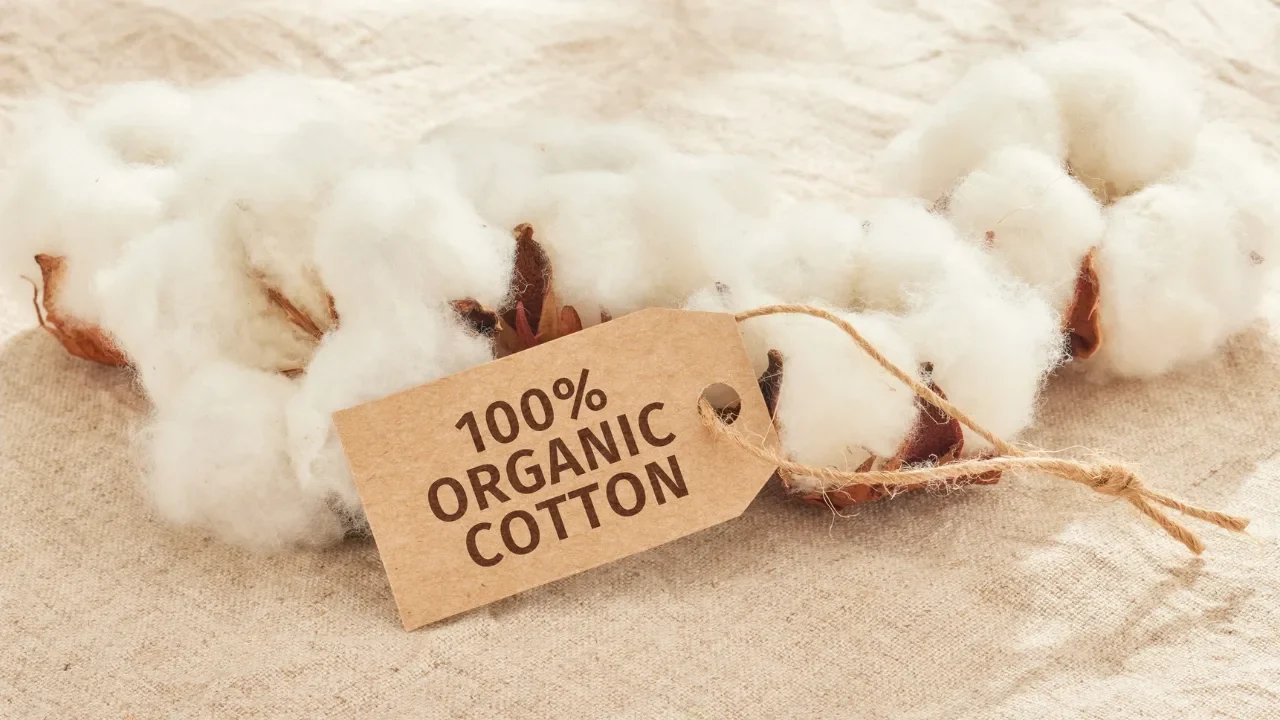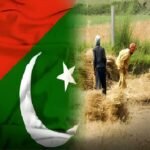By Azeem Ahmed
Imagine a plan that could make Pakistan’s cotton farmers earn more while producing better-quality cotton at a lower cost.
That’s exactly what the Ministry of National Food Security and Research is finalizing with its Pakistan Cotton Plan 2025, a strategy designed to boost production, improve quality, and lower costs for local growers.
Pakistan Cotton Plan 2025 Aims to Boost Production
According to an official document, the plan aims to increase cotton production and encourage farmers to use the latest seed varieties and good farming practices. The goal is to reduce Pakistan’s dependence on imported cotton and support the growth of local industries.
This initiative is part of a broader effort to add value to cotton, diversify exports, and strengthen the country’s textile and apparel sector.
The National Assembly’s Standing Committee on Commerce has approved recommendations that align with the Ministry of Commerce’s objectives of boosting exports, improving competitiveness, and integrating Pakistan more effectively into global markets.
Cotton Sector: Backbone of Pakistan’s Economy
Pakistan’s cotton sector remains a crucial part of the national economy, forming the backbone of its textile and apparel exports. As the sixth-largest cotton producer in the world, Pakistan grows cotton on about 2 million hectares each year, mainly in Punjab and Sindh. However, domestic production and yield have dropped in recent years, increasing production costs and challenging the country’s traditional advantage in textiles.
Despite these challenges, the textile and apparel industry has grown in value-added segments. Over the last decade, exports of finished textile goods have steadily increased, while shipments of raw cotton, yarn, and fabrics have fallen.
The document shows that in Fiscal Year 2025, finished products like apparel and home textiles generated $14.29 billion, making up 80 percent of textile exports, while raw materials and intermediate goods contributed $3.65 billion, or 20 percent.
New Textiles and Apparel Policy to Expand Exports
To strengthen these gains, the Ministry of Commerce is preparing a new Textiles and Apparel Policy (2025–30). The policy aims to make better use of locally produced raw materials, expand exports of finished textile products, and explore new markets.
It highlights priority sub-sectors and markets and outlines steps to achieve $30 billion in textile exports by 2030, as approved by the National Export Development Board.
One challenge noted in the draft policy is that Pakistan’s downstream industries are smaller than regional competitors, limiting global market growth. The new framework focuses on attracting fresh investment to increase production and develop high-value products.
Transition to Man-Made Fibers and Technical Textiles
Although exports of value-added goods are growing, Pakistan’s textile and apparel sector still heavily depends on cotton, while the global market increasingly uses man-made fibers (MMF).
Worldwide, MMF now accounts for 74 percent of total fiber use, including 57 percent polyester, 6.7 percent polyamide, 6.1 percent other synthetics, and 6.3 percent viscose.
The newly approved National Tariff Policy 2025 tasks the Tariff Policy Board with adjusting customs duties on non-cotton yarns and fabrics. This will help Pakistan transition toward MMF-based apparel, including women’s and children’s wear, sportswear, and other high-value products.
The government also wants to attract foreign and domestic investment for synthetic and artificial materials like polyamide, polyolefin, polyethylene, and polyurethane.
With global technical textiles growing rapidly—expected to surpass $300 billion by 2030—the Ministry of Commerce has formed a National Technical Textile Council.
This council will plan Pakistan’s shift from conventional textiles to high-value technical textiles used in sectors like protection, agriculture, construction, sports, medical, packaging, and automotive industries.
Strengthening Public-Private Dialogue with Sectoral Councils
Additionally, Sectoral Councils have been set up to strengthen public-private dialogue, align policies with industry needs, and guide implementation. These councils provide a platform to solve trade issues, refine strategies, and support Pakistan’s long-term transition from raw materials to globally competitive, value-added textile exports, the document said.
Author Profile
-
Azeem Ahmed is an Islamabad-based journalist specializing in agriculture, business, and economic trends.
He provides insightful analysis on market developments and policy impacts shaping Pakistan’s economy.





